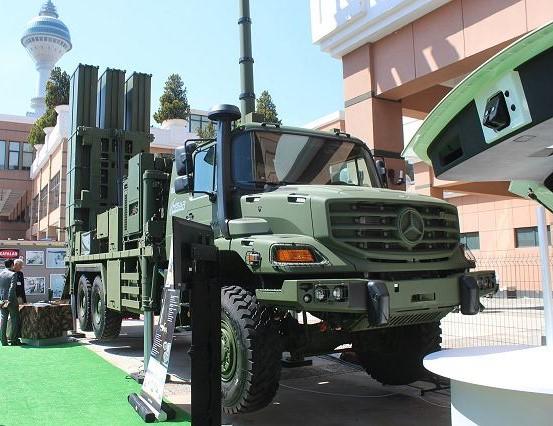Combat-Master
Baklava Consumer
What do they exactly mean when they said they want "malaysia to participate in the production"?
Possibly shared production of units being built for Turkish Air force and or other countries Hurjet gets exported to. Basically, fast tracking Malaysia as a partner country to Hurjet.
Malaysian LCA Tender requirements:
- 8 aircraft advanced jet trainer
- 10 aircraft combat aircraft with nose radar and BVR
- Supersonic speed
- BVR capability
- %30 local production
- Cost: 4 billion RM- 2 billion RM will ve paid via oil product trade
- Schedule: 35 months after the contract
Contenders:
- Russia Mig-35: Expensive chioce, costly maintenance. Malaysia had cancelled the similar tender in 2018 due to lack of funds.
- India LCA: Rumoured that Mk1 has a unit cost around 60 million $. Indian and Russian solutions met the Malaysian requirements but both are expensive solutions. Since Malaysia wants to pay the half of the money via oil trade, The costs become more important in this tender.
- Turkey Hürjet: Hürjet met all requirements of Malaysian LCA tender on paper (supersonic speeds, BVR, nose radar, combat missions, trainer aircraft) but the aircraft is in prototype production phase so TAI wants Malaysia to participate the production. In fact Signature+36 months: end of 2025 and This date matchs with Hurjet development schedule and so I believe Hürjet is the strongest candidate in this tender
- China L15: This aircraft is supersonic. Armed variant is for combat missions and this aircraft is using AI-222 turbofan. The US could put pressure on Ukraine and hinder the sale of engines as they did in past and this may frighten the customer but aircraft is a strong candidate in Malaysian tender.
- Korea F50: This aircraft among all is very strong candidate but F50 has neither nose radar nor the ability to launch a BVR missile. Korea is selling the T50 as a combat variant for air-ground missions.
- Italy M346: this aircraft can barely reach supersonic speeds and was not developed for the BVR mission. It may be an excellent jet trainer, but it remains a simple competitor in the armed version, considering Malaysian demands.
I don't get the summary written for Korean jet trainer, since the armed and non-armed variants are practically the same... The only thing missing is the aerial fuelling, which Hurjet is designed from the start to have.
Last edited:









